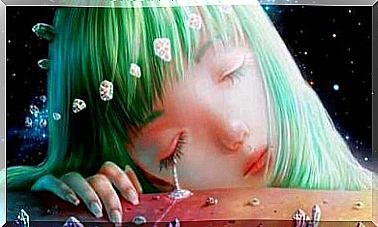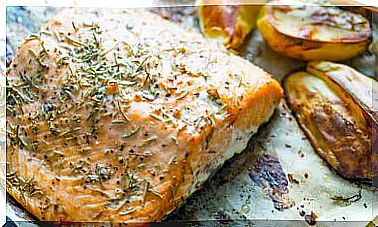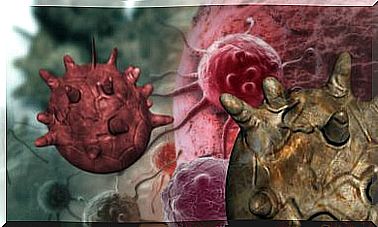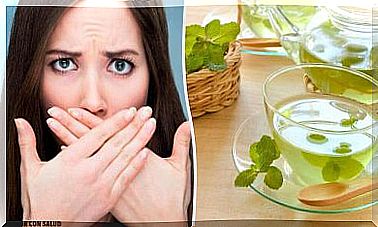5 Dangerous Houseplants
Although the majority of these plants are only poisonous if you are in direct contact with them, it makes sense not to take any risks: if you know which of your houseplants are poisonous , can keep children and pets away from them, preventing them from eating parts of plants
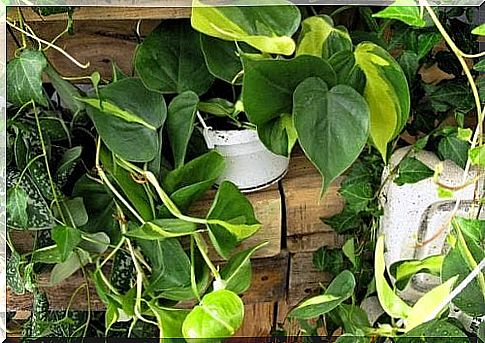
Although we know that they can even help purify the air and therefore make our homes healthier, we are often unaware that these often contain dangerous indoor plants .
These plants may pose a hazard to children and pets in particular. In this article, we will therefore explain to you which plants you should keep away from them. We also continue to give tips on which houseplants are completely harmless and can therefore easily find a place in your home.
We are happy to decorate our home with houseplants, because they create a pleasant ambience, bring calming green into the room and remind us of nature, which can be a bit far away, especially in city apartments.
Are there really dangerous indoor plants ?
Dangerous houseplants, which we will describe in more detail later, are especially dangerous for those who have no idea of their potential toxicity: for small children and pets.
Both tend to consume parts of plants and that can be very harmful under certain circumstances. There are also dangerous houseplants that are poisonous when in direct contact or when certain types of dust are inhaled. These can also harm the knowing adult if he inadvertently comes into close contact with the plant.
We therefore recommend that you do not keep such plants as indoor plants. There are so many other beautiful plants that are not poisonous, that also contribute to air renewal and therefore have a clearly positive impact on our health.
Dragon arum
The common dragon arum, with the scientific name Dracunculus vulgaris , is native to the Mediterranean region in particular.
As an ornamental and houseplant, however, it has also found its way into our colder regions. The secret dragonwort is one of the most poisonous houseplants we have. Its toxicity is increased by its strange appearance, because the large, colored parts of the plant attract the children’s attention.
Philodendron
At first glance, the philodendron may look like a monstera, but these are two different plant families.
The beautiful philodendron is very common in our households. In nature it grows on other trees. Philodendrons come from the rainforest and there are countless different species.
The Philodendron only poses danger if a family member consumes these dangerous houseplants. These contain calcium oxalate, which causes a burning sensation around the lips and mouth. In addition, it causes sore throat and stomach pain and makes you feel unwell. In the worst case, convulsions, loss of consciousness or even death occur.
Severe poisoning that the affected person survives can lead to chronic liver and kidney failure.
hydrangea
Hydrangeas are known for their beautiful, large flower balls. There are more than 100 species of hydrangea cultivated both as houseplants and in the garden. Leaves and flowers contain a substance that causes symptoms similar to those of cyanide poisoning in humans and animals. They are also dangerous houseplants.
The roots of the hydrangea, on the other hand, could even be used for medicinal purposes, which is usually not done due to the toxicity of the other parts of the plant.
Aztec sage
The Latin name of this plant is Salvia divinorum . This is a completely different plant than the real sage, Salvia officinalis , which is used for so many purposes in alternative medicine and even in the household.
This dangerous houseplant is characterized by its large, green leaves. It originally comes from Mexico and contains salvinorins, some of which have a hallucinogenic effect and create dream-like states. Therefore it is used in certain areas for ritual practices or as a drug.
Due to the above-mentioned ingredients, the Aztec sage provokes significant changes in consciousness that can be so strong that they can no longer be controlled. Long-term consequences cannot be ruled out either.
Deadly nightshade
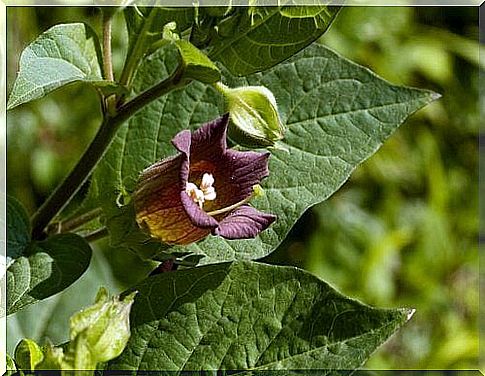
The deadly nightshade, Atropa belladona , will be especially known to those who deal with homeopathy as an alternative to conventional medicine. In homeopathy, however, very, very small doses are used that are not expected to have any effect on the nervous system.
As a dangerous houseplant, deadly nightshade is not suitable for your home. It contains atropine and other highly effective alkaloids, which can lead to poisoning even after manipulation of the plant.
The effect of this striking plant with its black, foul-smelling fruits has been known for a long time. The girls in ancient Rome used them to get beautiful, big eyes – hence the name of the plant, by the way – elsewhere the deadly nightshade was used as a poison. There are many legends, stories and a bit of magic about Atropa belladona .
Non-toxic plants
When choosing indoor plants or even growing them at home, we would do well to choose from the examples below. So we’re not only doing something for air quality, but also for our health.
Efeutute
The ivy, Epiprenum aureum , has little in common with its namesake, the poisonous ivy. It is an easy-to-care-for plant that does not have high demands. It is ideal for filtering pollutants from the air and creates a fresh atmosphere.
Gold fruit palm
The golden fruit palm, Chrysalidocarpus lutescens , originally comes from Madagascar and belongs to the palm family. Even if it does not grow as big as its “wild” relatives as a houseplant, it still manages to free the room air of pollutants that are released by cleaning agents, wall paint, wood treatment and the like.
Sansevieria trifasciata
It is a succulent plant that has various popular names. Like all the other plants we introduced in the previous sections, Sansevieria also helps to create a fresh ambience. In the bedroom, they enrich the air with oxygen and our body can rest perfectly under these pleasant conditions.




